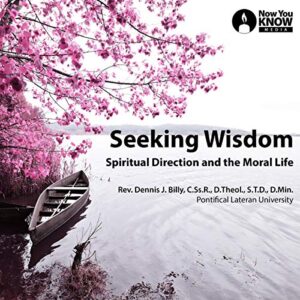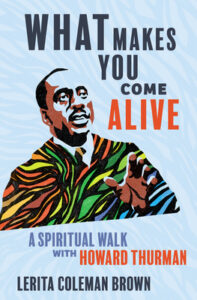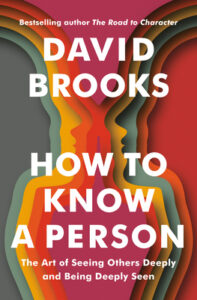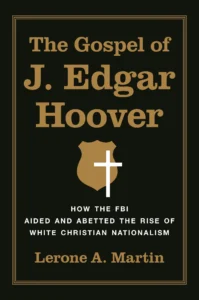 Summary: A series of lectures about spiritual direction from the perspective of St. Alphonsus de Liguori, who emphasized the moral life and prayer and was particularly interested in expanding spiritual direction to the laity and the urban poor in 18th century Naples.
Summary: A series of lectures about spiritual direction from the perspective of St. Alphonsus de Liguori, who emphasized the moral life and prayer and was particularly interested in expanding spiritual direction to the laity and the urban poor in 18th century Naples.
I like to keep one book in my current reading (or listening) stack directly on spiritual direction. This keeps me thinking about my practice of spiritual direction and exploring new dimensions or deepening my practice as a spiritual director. Seeking Wisdom: Spiritual Direction and the Moral Life by Rev. Dennis J. Billy was a complete unknown. I did not know anything about St Alphonsus, and there were no reviews on the lectures. But because I have almost entirely read about spiritual direction out of the Ignatian or Benedictine tradition, I picked it up. These are 22 roughly fifteen-minute lectures. Mostly I listened to them while walking my dog over a period of about two months.
The main weakness of the lectures is that they do not have a clear target audience. The early lectures are very basic introductions to spiritual direction, which is helpful for people who are new. But those with a background will be bored for the book’s first quarter (I nearly gave up at this point.) Then, the last three-quarters of the lectures will be interesting for those with a spiritual direction background, but those new to spiritual direction, especially those not Catholic, will be lost.
Those who are Protestant without much background in Catholicism can learn here, but terminology and theological orientation may be hard to overcome. Two minor examples: earlier in the book, the lecturer talks about taking on a Christological focus on spiritual direction, which means something slightly different in a protestant world. In his perspective, this is about becoming like Christ to others, which many Protestants may resist as a viable perspective. Another example is the medieval understanding of spiritual formation, which has three stages: the purgative, the illuminative, and the unitive. This language is very common in Catholic presentations of spiritual formation but almost completely absent from Protestant understandings of spiritual formation.







 Summary: J. Edgar Hoover’s understanding of Christianity significantly influenced his management of the FBI, and in turn, the FBI impacted the broader development of what has become the Christian Nationalist movement in a modern sense.
Summary: J. Edgar Hoover’s understanding of Christianity significantly influenced his management of the FBI, and in turn, the FBI impacted the broader development of what has become the Christian Nationalist movement in a modern sense.